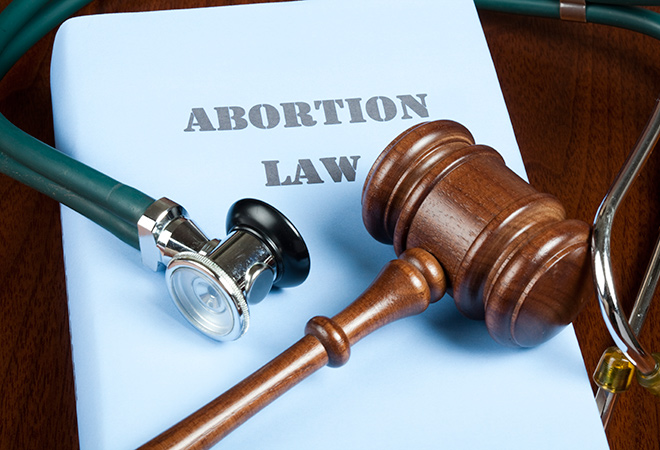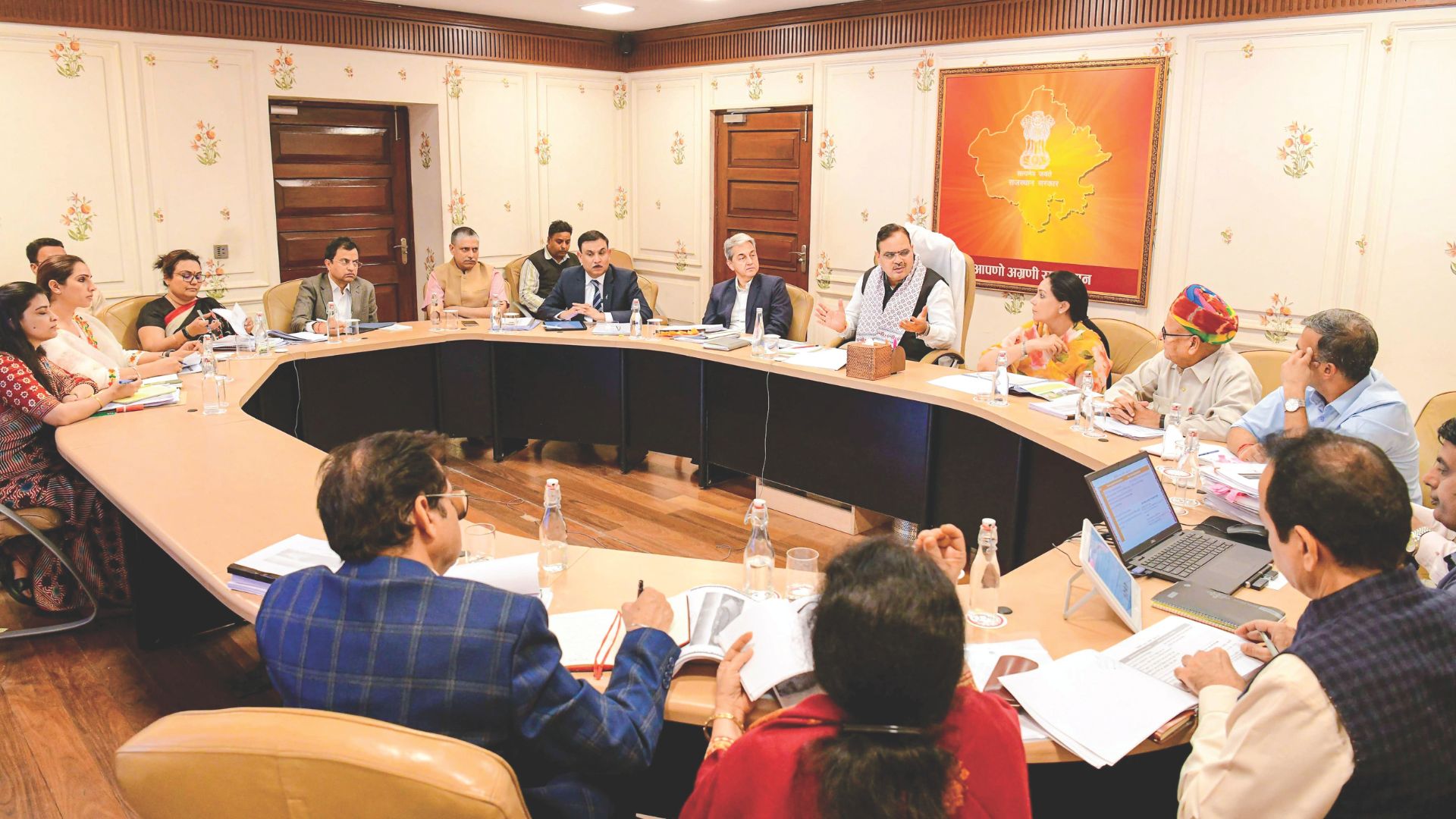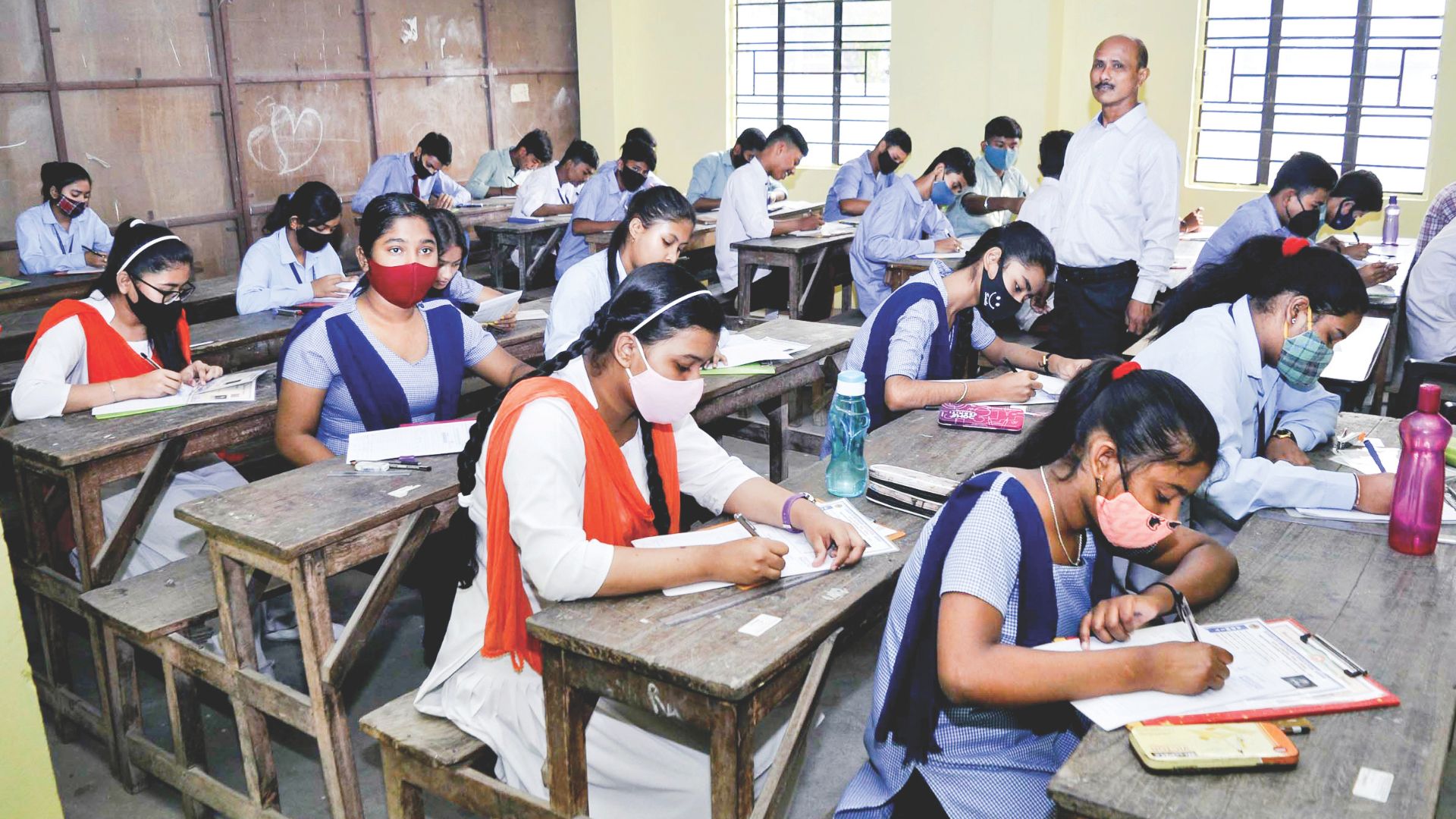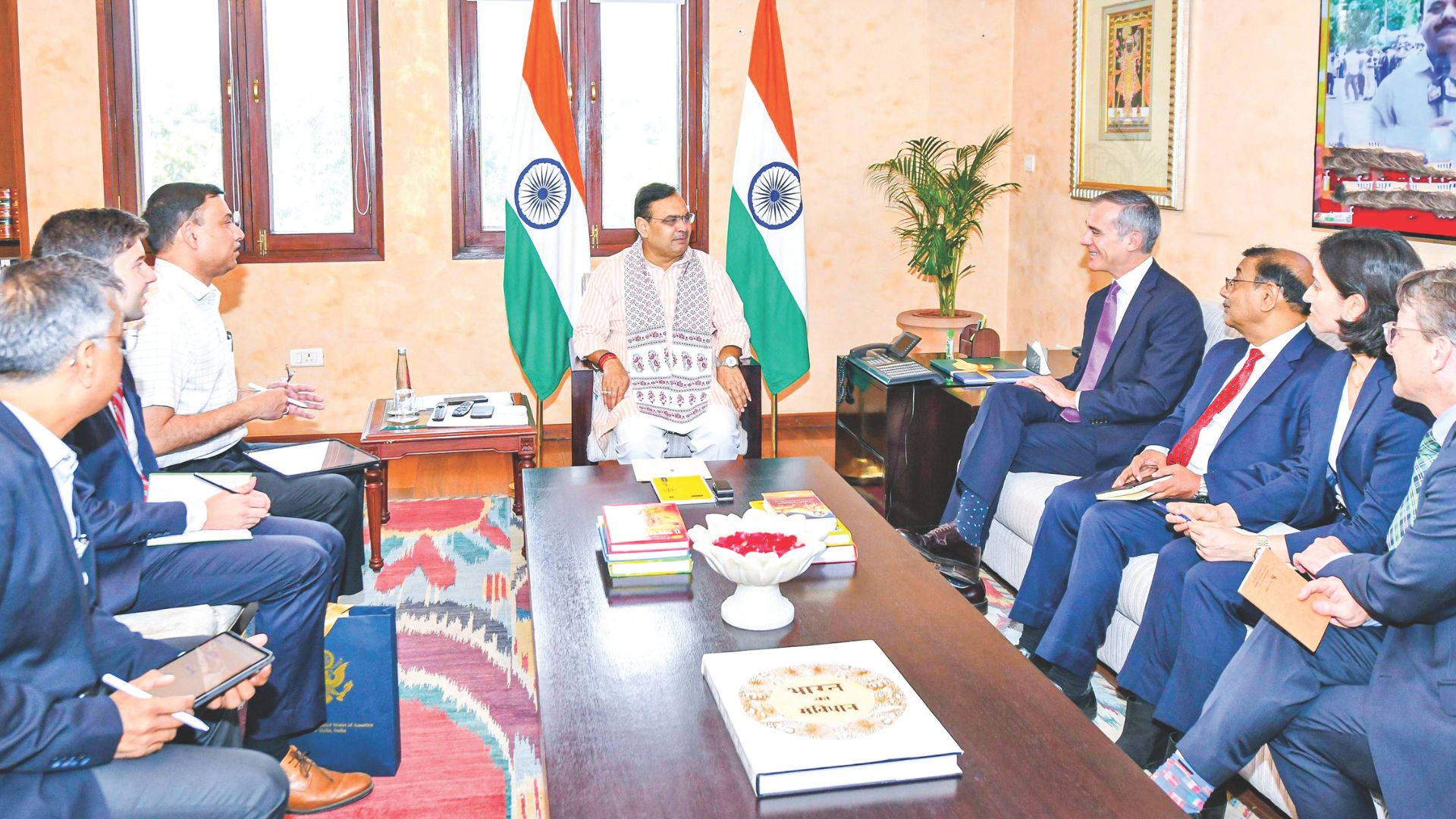
It’s an age-old debate whether an unborn foetus has the right to life when the question comes to the abortion right of women. Recently, the Delhi High Court on 6/12/22 passed a judgment where a pregnant lady was allowed to go for an abortion when she was 33 weeks pregnant. In this case, the foetus was suffering from certain cerebral abnormalities. However, the medical community, in this case, failed to give a “categorical opinion on the degree of handicap or the quality of the life of the foetus after birth”. On this basis, the court has opined that in such an unpredictable situation the woman should be allowed to go for an abortion. In this case, Hon. Justice Prathiba M. Singh observed that “while the right of a pregnant woman to terminate her pregnancy has been the subject matter of debate across the world, India recognizes the choice of a woman in its law”. This is not the first time where a pregnant lady has approached the judiciary for termination of pregnancy due to foetus abnormality. The Nikita Datar and Sarmishtha Chakrabortty cases are some of the famous cases where the ladies approached the judiciary for termination of pregnancy for foetus abnormality situation. In the Sarmistha Chakrabortty case, Justices Dipak Misra, and A.M. Khanwilkar said that “every woman had a sacrosanct right to bodily integrity and should be allowed termination of pregnancy. In this case, the petitioner mentioned that of 26 million births that occur in India every year, from that 2-3% of the foetuses had a severe congenital or chromosomal abnormality, and many suffered Intrauterine Fatal Death. Another point which was highlighted in this case was that certain abnormalities can be detected before 20 weeks of the pregnancy and some after that period”. In 2021, after the amendment of the MTP Act, the maximum limit of gestational age for termination of pregnancy of a rape survivor, victims of incest, and other vulnerable women (like differently-abled women, and minors), etc. have been increased to 24 weeks and there is no gestational limit for abortion in cases related to foetus abnormality. Though the judiciary has acknowledged the right to choice of women for abortion under the Medical Termination of Act, 1971, but if we go through legislation, then we will find that the MTP Act does not recognize women’s right to choose abortion or abortion on demand. The MTP Act provides the conditional right where the sole authority to decide whether to perform an abortion or not is dependent upon the doctor’s conscience. Section 3 of the MTP speaks about the conditions where the doctor can perform the MTP on a woman. In India, abortion is not an option for a woman, rather it’s conditional. This is one of the major drawbacks of the law which needs to be addressed so that ladies should not be suffered. Another issue related to the abortion right of a woman is that for many it is violation of the right to life of the unborn baby. In this context, in one of the cases, Nand Kishore Sharma and Ors. –vs–Union of India (UOI) and Anr., AIR 2006 Raj 166, the question which came before the court was whether the MTP Act infringes the Right to Life of an unborn child protected under Article 21 of the Indian Constitution. While answering the question, the court observed that “the object of the Act being to save the life of the pregnant woman or relieve her of any injury to her physical and mental health, and no other thing, it would appear the Act is rather in consonance with Article 21 of the Constitution of India than in conflict with it. While it may be debatable as to when the foetus comes to life so as to attract Article 21 of the Constitution of India, there cannot be two opinion that where continuance of pregnancy is likely to involve risk to the life of the pregnant woman or cause grave injury to her physical and mental health, it would be in her interest to terminate the pregnancy”. Even in the international forum like in the case of in Vo versus France, (2005)40 EHRR 12, the European Court of Human Rights, interprets and monitors compliance with the European Convention and affirmed that “the unborn child is not regarded as a ‘person’ directly protected by Article 2 of the Convention and that if the unborn do have a ‘right’ to ‘life,’ it is implicitly limited by the mother’s rights and interests,” including her rights to life, health, and privacy. In K.L. versus Peru, CCPR/C/85/D/1153/2003, Communication No. 1153/2003 case the Committee on the Elimination of Discrimination against Women (CEDAW) found “that the government had violated a pregnant girl’s rights by prioritizing the foetus over her health by postponing an essential surgery until the girl was no longer pregnant. The girl’s continued pregnancy poses a substantial risk to her physical and mental health and the CEDAW Committee held that the denial of therapeutic abortion and the delay in providing the surgery constituted gender-based discrimination and violated her rights to health and freedom from discrimination. The CEDAW Committee has further expressed concern that women’s rights to life and health may be violated by restrictive abortion laws”. In all these cases, it is clear that when the question comes to the protection of the mother’s life, it will be her abortion right that will prevail over the right to life of the unborn foetus. On the question of sex-selective abortions and female infanticide, government is concerned more about their lives because this is illegal. To protect their lives, we had separate legislation Pre-Conception and Pre-Natal Diagnostic Techniques Act, 1994. It’s time for legislature to recognize a woman’s right to choose abortion—“it’s my womb, my body, my life; so my decision only matters when it comes to abortion rights”.















